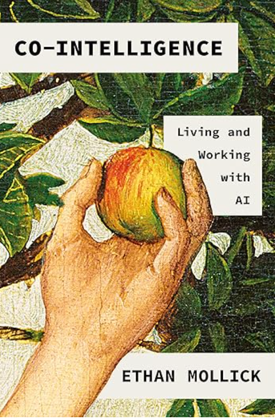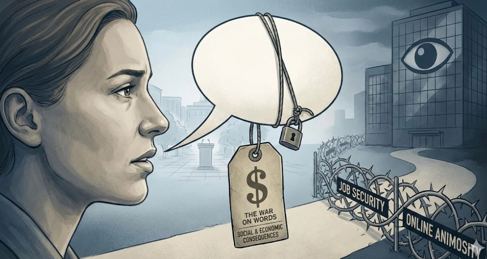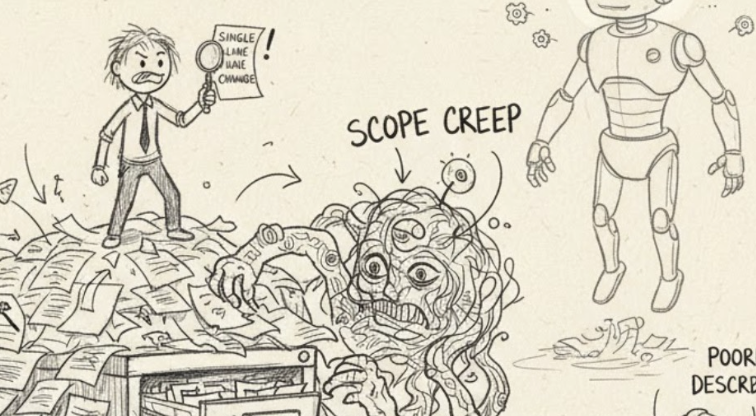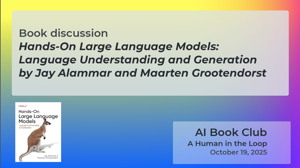I recently read The War on Words: 10 Arguments Against Free Speech—And Why They Fail by Greg Lukianoff and Nadine Strossen, as part of the Seattle Intellectual Book Club. The book counters various arguments against free speech, overall presenting the case that free speech should be protected in most cases except obviously damaging scenarios like defamation, fraud, or immediate physical harm. In this post, I reflect on the costs of speaking openly, especially in the age of cancel culture, where you might not run afoul of the law but can still lose your job or face intense online animosity.
Isolation is something I've been thinking about lately. Although I have an abundant professional network and support probably 100+ engineers, PMs, and others, at times I do experience a sense of isolation in my role. I'm not sure if it's the holidays, or because now that I'm 50, I'm apparently at the bottom of the "U-shaped happiness curve," but I'm trying to understand how to navigate a world where my relationships with colleagues are increasingly transactional (purely information-based) and lack more social aspects. There are several reasons for isolation, and good reason to believe that AI will only increase our isolation.
In this episode, Fabrizio (from passo.uno) and I discuss the concept of documentation theater with auto-generated wikis, why visual IDEs like Antigravity beat CLIs for writing, and the liberation vs. acceleration paradox where AI speeds up work but creates review bottlenecks. We also explore the dilemmas of labeling AI usage, why AI needs a good base of existing docs to function well, and how technical writers can stop doing plumbing work and start focusing on more high-value strategic initiatives instead (efforts that might push the limits of what AI can even do). This post also contains a lot of short clips and segments from the episode, along with article links and a transcript.
This is a recording of our AI Book Club discussion of Nexus: A Brief History of Information Networks from the Stone Age to AI by Yuval Noah Harari, held Nov 16, 2025. Our discussion touches upon a variety of topics, including self-correcting mechanisms, alien intelligence, corporate surveillance, algorithms, doomerism, stories and lists, democracy, printing press, alignment, dictator's dilemma, and more. This post also provides discussion questions, a transcript, and terms and definitions from the book.
One of the things I'm doing this week, which has thrown me off my content productivity track, is trying to fix some errors in build logs for my reference docs. I have an SDK that has 8 different proto-based APIs; each API has its own reference documentation. The build script I run (to generate the reference docs) takes about 20 minutes and creates the HTML reference documentation for each API. The only problem is that I recently realized that the build script has some errors.
I just finished Yuval Noah Harari's Nexus: A Brief History of Information Networks from the Stone Age. The book provides a high-level analysis of information systems throughout history, with some warnings about the dangers of AI on today's systems. It's a remarkable book with many historical insights and interpretations that made history click for me. But the central idea of the book focuses on self-correcting mechanisms (SCMs) and how these SCMs are the linchpin of thriving democracies, so that's what I'll focus on in my review. The book also argues that AI is a form of alien intelligence that might incorrectly execute goals we don't want it to follow.
Tracking and communicating AI usage in docs turns out to be not only challenging technically, but also potentially full of interpretive pitfalls. There seems to be a double-edged sword at work. On the one hand, we want to track the degree to which AI is being used in doc work so we can quantify, measure, and evaluate the impact of AI. On the other hand, if a tech writer calls out that they used AI for a documentation changelist, it might falsely create the impression that AI did all the work, reducing the value of including the human at all. In this post, I'll explore these dilemmas.
As AI agents become more capable, there's growing eagerness to develop long-running tasks that operate autonomously with minimal human intervention. However, my experience suggests this fully autonomous mode doesn't apply to most documentation work. Most of my doc tasks, when I engage with AI, require constant iterative decision-making, course corrections, and collaborative problem-solving—more like a winding conversation with a thought partner than a straight-line prompt-to-result process. This human-in-the-loop requirement is why AI augments rather than replaces technical writers.
In this thoughtful guest post, Jeremy Rosselot-Merritt, an assistant professor at James Madison University, wrestles with generative AI and its impact on the technical writing profession. Jeremy examines risks such as decisions being made by leaders who don't understand the variety and complexity of the tech writer role, or the perceived slowness of output from human writers compared to the scale of output from LLMs. Overall, Jeremy argues that Gen AI is another point on a long timeline of tech writers adapting to evolving tools and strategies (possibly now emphasizing context engineering), and he's confident tech writers will also adapt and continue as a profession.
The most frequent story told about AI is that it will free us up from mundane tasks and allow us to focus on more impactful, strategic work. But the liberation part of that story might be misleading. In this post, I argue that AI's true effect is to accelerate the entire competitive landscape, increasing the pace of work for everyone. In this new, sped-up world, companies that replace human workers with AI for short-term gains, assuming that the pace of change is static, may find themselves falling behind in the long term.
I recently listened to How AI Is Changing Writing — with Tony Stubblebine from the Big Technology podcast, hosted by Alex Kantrowitz. This was one of the more interesting and relevant episodes for me. I embedded the interview below and also added my own summary of the important points and my analysis.
The basic idea of doc bug zero, as I explained in Defining bug zero, is to clear out all the tickets in the doc issue queue, essentially to finish all your documentation work. Doing so would be the ultimate statement about the productivity gains from AI. Despite my attempts to get to bug zero, it still eludes me. I'm realizing that there's an art to working through a bug queue, and AI can only take me so far. Good project skills are also needed. One of those skills, which I'll address in this post, is making it easy for people to review the changelists, or pull requests. (The terminology used in my area of doc work is changelists, or CLs, so that's how I'll refer to them here.)
In this podcast episode, Fabrizio Ferri-Benedetti and I chat with guest Anandi Knuppel about MCP servers and the role that technical writers can play in shaping AI capabilities and outcomes. Anandi shares insights on how writers can optimize documentation for LLM performance and expands on opportunities to collaborate with developers around AI tools. Our discussion also touches on ways to automate style consistency in docs, and the future directions of technical writing given the abundance of AI tools, MCP servers, and the central role that language plays in it all.
This is a recording of our AI book club discussion of Hands-On Large Language Models: Language Understanding and Generation by Jay Alammar and Maarten Grootendorst, held Oct 19, 2025. The book differs from other books in the series in that it's a more technical exploration of how LLMs work, without any ethics discussions. It's less narrative and more engineering-oriented. Our discussion focuses on understanding of conceptual details and whether, to use an analogy, understanding the plane's engine helps pilots fly the airplane better.
After using the Commento commenting service on my blog for about 5 years, I've decided to remove it. The vast majority of comments were already happening on LinkedIn, so I'm embracing that platform for discussions going forward.













